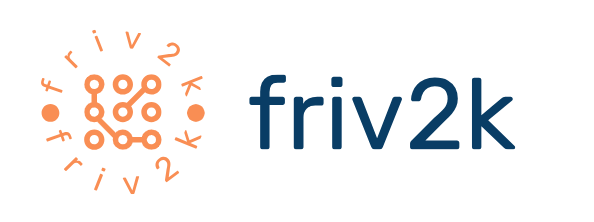Activity Monitoring for Database Management
 Just a few years ago, the primary concern of most database administrators (DBAs) was file storage space. Most of our time was spent monitoring disk space usage and optimizing how much was being used and how much was available. That still happens today, but has been expanded to match today’s more complex DB systems. We call this FAM and DAM or FAM-DAM (file activity management, database activity management).
Just a few years ago, the primary concern of most database administrators (DBAs) was file storage space. Most of our time was spent monitoring disk space usage and optimizing how much was being used and how much was available. That still happens today, but has been expanded to match today’s more complex DB systems. We call this FAM and DAM or FAM-DAM (file activity management, database activity management).
These activities for the DBA usually boil down to monitoring three things:
1. Event logging (on the host server)
2. Passive network traffic monitoring on the host server
3. Agents or client software on individual machines
In the parlance of the DBA, FAM-DAM is where most of the daily work happens. With effective FAM-DAM, most nightmare scenarios and serious problems can be avoided. It’s especially important on today’s cloud-based and virtual software services.
Let’s look at each of these three monitoring techniques and how they help the DBA (and hence the administrator’s clients) keep a database robust.
=== Event Logging (on the host server)
Most services on any type of server will log the events that happen inside that service. These have limited uses for service-specific monitoring and problem diagnosis, but server-wide, they are not as useful. Logging for the entire server is often turned off by default in order to save resources, but most competent DBAs will use log-and-event managers. These keep the otherwise huge event logs from getting out of hand.
There are dozens of tools for this, most server-type-specific. Without a good event log, however, an administrator not only can’t easily monitor what’s happening on the server itself, but also can’t easily back-track to repair problems. 90% of restoration and repair activities are in diagnosis. Cutting down as much of that as possible saves time and restores services faster.
=== Passive Network Traffic Monitoring (on the host)
To go along with host server logging, monitoring the network’s traffic that feeds both that host server and all connected services is important. Knowing the traffic patterns and frequencies in FAM-DAM for database servers tells the DBA not only what to expect, but where improvements or changes can be made to better accommodate traffic spikes.
The methods of monitoring traffic are myriad. Software solutions for smaller networks are a common low-cost solution while hardware options for larger area networks are better at conserving resources. These give the DBA information on which clients are accessing and when, how the applications or database is responding to those requests, and how quickly the information is flowing in either direction.
This information can prove crucial when upgrading or changing network resources. It can also be key when troubleshooting problems on the network or individual applications. Many app crashes are purely due to access overload.
=== Agents / Client Software on Individual Machines
Smaller networks, especially wide area networks (WAN) to which multiple clients (computers) are accessing the database from various locations, will employ monitoring software on individual machines accessing the network. On smaller networks, in fact, this solution often gives an all-in-one way to monitor both servers and the network traffic as these clients can feed information from individual machines to the master machine on the DBA’s desktop.
Costs for these systems can quickly mount as an organization grows, however, so most DBAs consider this a stop-gap or temporary, small network solution to be replaced later.
